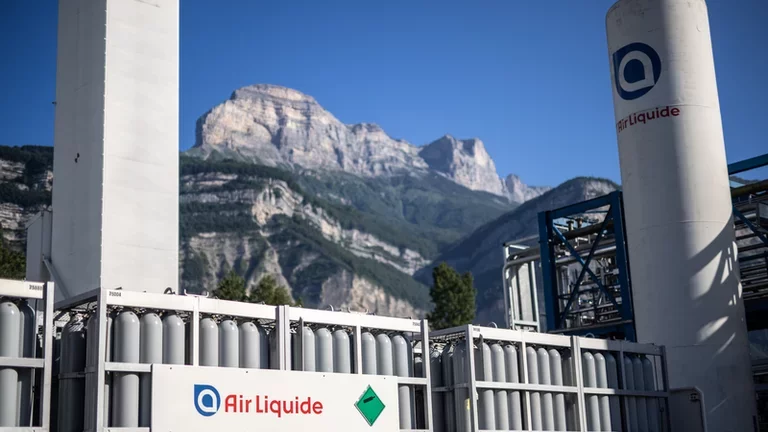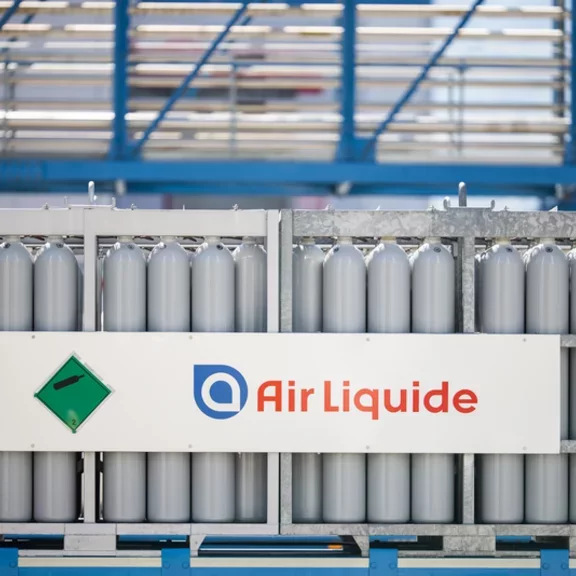Bulk gases supply solutions
A delivery mode that ensures flexibility and reliability
Semiconductors, photovoltaic cells and flat panel displays are made of very thin layers of deposited materials that are extremely sensitive to the manufacturing and ambient environment.
Air Liquide is able to provide large volumes of various gases of the highest purity, with consistency and reliability of supply. This means our electronics customers can focus on their products while we handle their gas supply chain. In addition, we manufacture in-house equipment for the safe distribution, purification and on-line purity control of these gases.
Oxygen, nitrogen and argon are produced and liquefied in air separation units. These products are stored at the production facility and then delivered directly to customers in insulated cryogenic tankers.
Hydrogen is produced in large capacity units. It is stored and delivered either as a compressed gas or in liquid in cryogenic containers.
Bulk (mainly under liquid cryogenic form) installations consist of:
- One or more storage tanks
- Vaporizers to transform cryogenic liquid to gas using heat sources such as ambient air, water or steam
- Pressure regulation equipment
Use of bulk gases in electronics manufacturing processes
Our high purity large volume gases are employed in manufacturing processes in distinct ways:
- Nitrogen offers overall control and protection against impurities and oxidation in semiconductor processes. It is used to adjust the composition of reactive gases inside the tool reactors
- Argon is for inerting in semiconductor production, and as a process gas for sputtering, reactive ion etching and plasma processing
- Hydrogen is used in epitaxy semiconductor processes as a reducing agent
- Oxygen in ultra-pure form serves to oxidize certain materials (such as silicon to silicon dioxide) and it also makes reactive ozone for oxidations
- Helium in semiconductors, used for its enhanced thermal conductivity, offers precise control of the silicon ingot (wafer) temperature in specific critical process steps
- Compressed dry air is used mainly to feed and protect manufacturing equipment in wet and key lithography steps. CDA is also being used as an instrument air and in utility applications. In display manufacturing, a vast amount of CDA is needed

